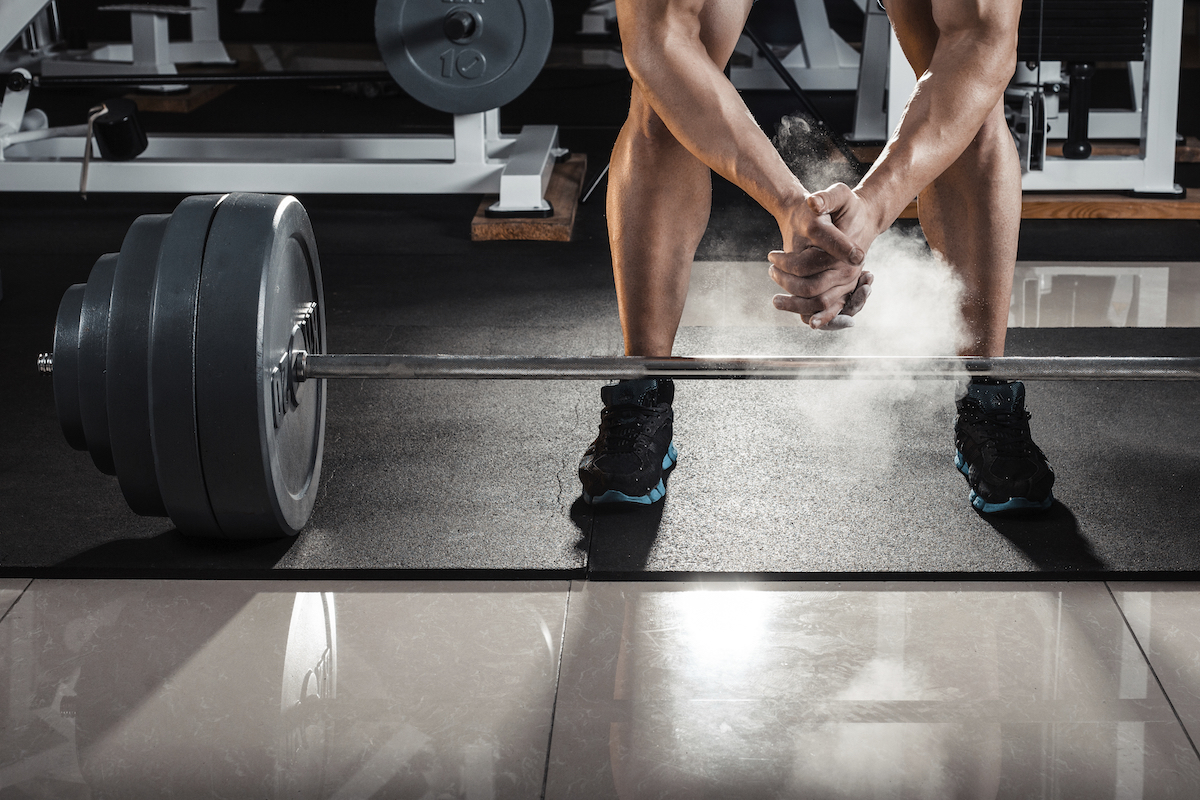With the rise of the private performance coaching field, not to mention many of the certifications you can get, it has created an atmosphere of paralysis by analysis when it comes to movement. Now, this is a natural byproduct of the business side of things. After all, one has to stand apart from everyone else to get business.
The thought process runs like this: movement is dangerous. We should not engage in movement until our movement is analyzed for flaws, those flaws have to be corrected systematically, and only then can we be trusted to move and not get injured.
Now, from a business standpoint this is a great idea. It’s extremely difficult to prove and it sounds really logical. If I am selling my services, and am competing with other people that are selling similar services, then I need something that both makes me sound smarter and more qualified. This is a great way to do that!
To do this right, you need to do some comprehensive testing on the athlete. This means testing physical qualities like strength, range of motion, etc. It means doing a movement screen which can range from a handful of exercises that identify imbalances to really high tech analysis that could involve EMG data, force platforms, and video cameras. Following this, there has to be a corrective prescription.
Sounds good right? Here’s the first problem, it doesn’t work very well in a team coaching setting. First, most teams are pretty large and there is never enough strength and conditioning staff. Imagine trying to do this with 50+ football players! Second, besides staffing issues there isn’t enough equipment or space to do this type of testing with a team. Third, this takes a huge time investment. Not only do you have to do your baseline testing, but you have to re-test as time goes on.
Here’s the second problem, like a lot of things in this field it sounds really good. Oh, you’re not recruiting your left gluteus maximus optimally so that altered your running patterns and that lead to your patellar tendonitis. Sounds really logical, but it’s really challenging to prove this in research. We’re all so different, some of these “imbalances” are what make some people elite and others recreational. In addition, it’s easy to say something like: “If you’d gotten this analysis and corrected your movement patterns you would not have gotten injured,” but again it’s impossible to prove. So, it sounds good but that’s about it.
Now, does this approach have a place? Yes, but only in certain situations:
- When you are injured and are rehabbing: If you are rehabbing an injury you need to be carefully monitoring things while you are getting back into training and practices.
- When you have a pattern of injuries to an area: If you are continually injuring an area, it’s an indication that you are doing something wrong.
- When you are an elite athlete and need every advantage possible: I’m going to spend a little more time covering this point. Elite athletes already have a lifetime of training behind them and they are close to their genetic limits from that training. For example, an Olympic champion shotputter is probably about as strong as he or she is going to get. This means that energy has to be spent in other areas to improve an athlete’s performance even a little.
- When you are running a business and need to separate yourself from the competition. I don’t see anything inherently wrong with this, it’s part of a free market. People that are using a personal performance facility are able to spend the time and money on this that a sports team cannot.
So what are we to do?
First, let’s stop the nonsense that movement is dangerous. We’re designed to move and we did it for a long time without this stuff.
Second, people get injured in sports, it’s the nature of pushing your body to its limits when other people are trying to stop you from being successful.
Third, before we start looking at minutiae we need to develop our foundation; become strong, learn how to use that strength, and master our sport’s skills. After a lot of years of this, then we can start looking at the minutiae for an edge – but for most athletes it’s a waste of their time and energy.




